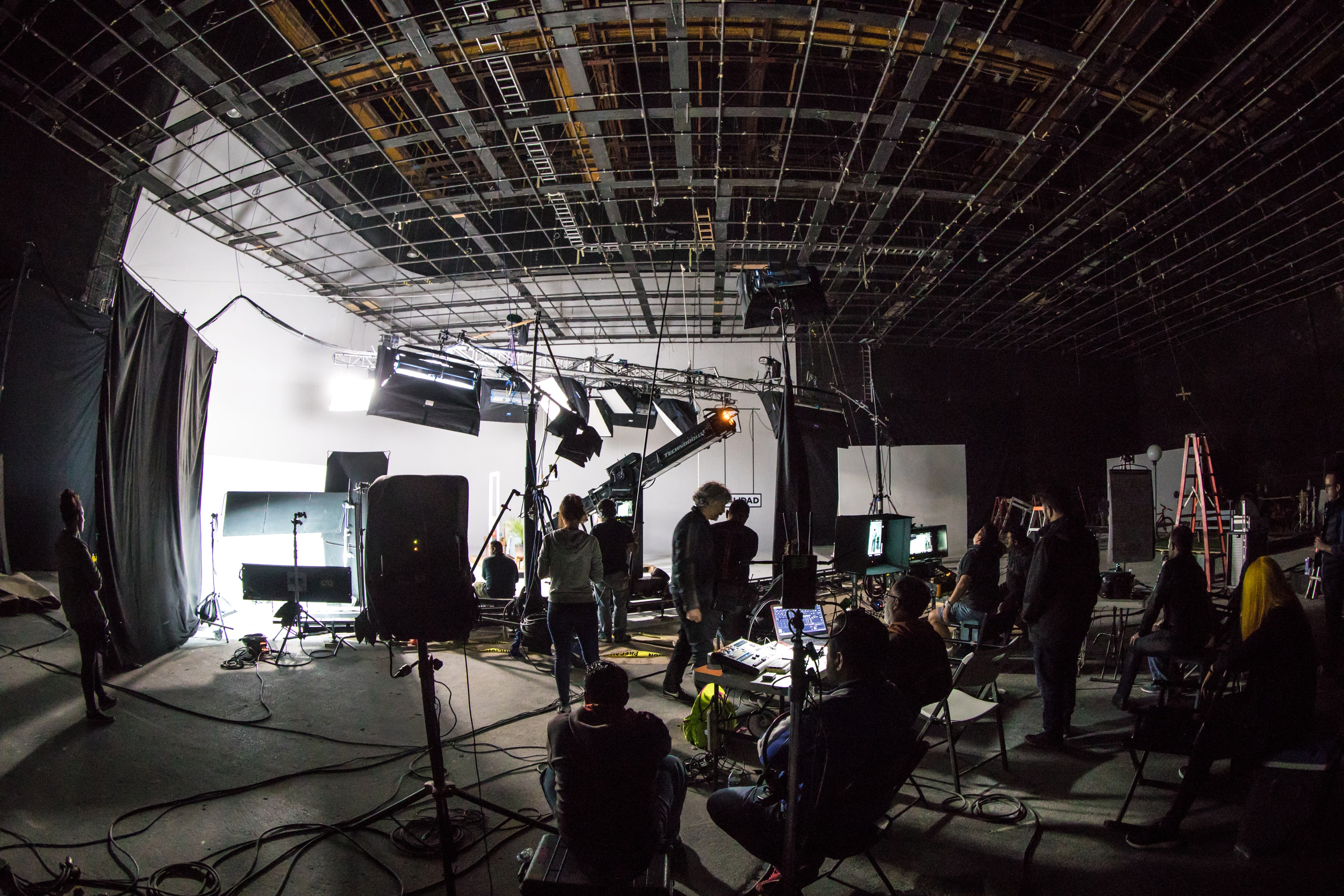Blog - April 6, 2021
Blog
Is My Shoot Insured For High-Risk Activities?


Production shoots can involve all manner of activities. But the things that make visual content so appealing can sometimes pose the biggest risk. That’s why insurance for productions is generally broader than the standard liability policy.
The thing is, even these specialist policies often don’t cover everything by default. So, what counts as a high-risk activity? And what should you do if you’re incorporating these into your shoots?
Here, we’ve highlighted five examples of high-risk activities commonly undertaken on production sets, and provided some top tips to help guide you through the insurance process.
Stunts
Whether it involves leaping from burning buildings or car chases through the streets, the performance of any stunt isn’t without its risks. While this can be countered by using a well-trained and regulated stunt double who has their own cover, you might want to check with your insurers that this is the case.
That’s because it’s common for stunts to be excluded from a policy, either specifically within the wording or through questions asked when taking out the original cover.
Likewise, if you didn’t previously list stunts under your insurance and would like to incorporate them now, you should let your insurers know – the stunt company may have their own cover, but you might want contingency protection just in case.
Pyrotechnics
Pyrotechnic special effects include things like fireworks, safety matches and oxygen candles. They can vary in many ways – from their size to their blast range and potential danger, such as risk of fire.
When handled by trained professionals, pyrotechnics don’t pose a huge risk – yet they can still be excluded from insurance policies. And, while it’s common for professionals to have their own liability insurance in place, it’s not always guaranteed.
If you’re thinking of using pyrotechnics in your productions, it could be a good idea to speak to your insurers first. Providing information about the operator’s experience, as well as the risk management measures in place, may be enough for them to extend your policy so that you can proceed with more confidence.
Boats
Using boats in your productions can be tricky, especially if it involves filming at sea. There are many elements to consider – not least what type of vessel will be used, and if filming will take place in inland or territorial waters.
While some policies automatically include cover for watercraft, they can stipulate that it’s only for a certain size or type of vessel. These might sound like tiny details, but they’re all important. Unless you’re using the smallest vessel in a low-risk setting, insurers will often request that the boat itself is fully insured, as well as those operating it.
If you’re not sure about the ins and outs, again, it’s always worth double-checking with your broker or insurer.
Drones
Use of drones is a growing trend, particularly on production sets. Due to their rise in popularity over the last few years, it has become necessary to establish regulations around their use.
Legislation on the operation of drones is strictly governed by the Civil Aviation Authority, meaning professional drone operators should always have reasonable liability cover in place.
Any drone operator involved in your production should be fully qualified, licensed and insured. But even with this confirmed, it’s worth speaking to your insurers to make sure you’ve ticked all the boxes.
Animals
We’ve all seen the outtakes when filming with animals goes wrong. But we also know that animals can be unpredictable, and it’s not quite as funny if they cause damage or injury on set.
Because of this, insurers will generally restrict or exclude liability for any destruction or harm. It’s not the same for all animals, though. Domesticated pets, such as dogs and horses, can sometimes be included on the policy without issue.
As with any other specialist activity, only deal with the experts. Be sure to use experienced animal handlers who have their own insurance in place should the worst happen. And if you’re concerned, give your insurers a call.
Next steps
This list is by no means exhaustive, but it shows how important it is to acknowledge any high-risk activities taking place on your shoot. So if you’re thinking of incorporating something we’ve mentioned, just follow these simple steps…
First, get a basic understanding of your policy, paying particular attention to the ‘exclusions’ section. If an activity isn’t listed, speak to your broker – providing additional details could extend your cover. Secondly, only work with experts in your chosen activity, and insist that the limit of their Public Liability cover is the same as yours. Then make sure you receive these details so you can refer to them when needed.
The important thing to remember is to keep your broker informed of any high-risk activities on set. In doing so, variance can be mitigated, and the risk transferred to fully insured specialists – or, if done in-house, signed off by insurers. That way, you can be confident that your shoot is properly protected. Chat to our team if you’d like to find out more.
Photo by Brands&People on Unsplash